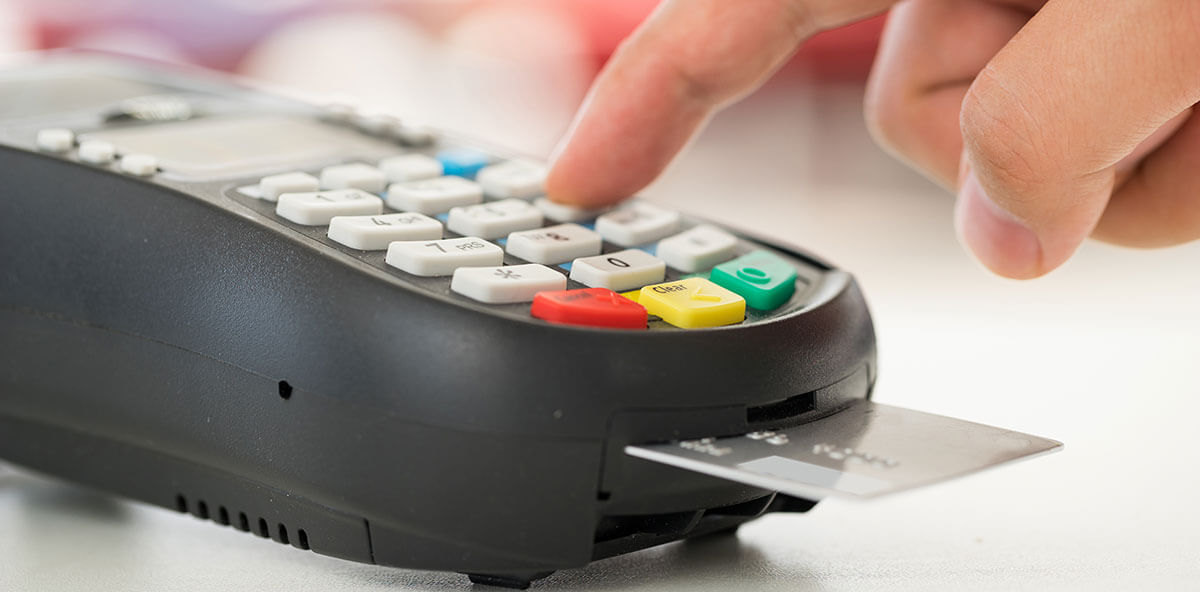
 PIN Debit Transactions
PIN Debit TransactionsPIN, signature, online, offline?—debit card payments, explained.
A PIN (personal identification number) debit card transaction is an electronic funds transfer from a customer’s bank to a merchant’s bank. It’s initiated when the customer presents a bank-issued payment card linked to his or her checking account (the debit card) and enters a password (the PIN) at the point of sale. PIN debit cards look like credit cards, but function like electronic checks. Cardholders pull funds from their checking accounts rather than lines of credit.
The PIN is a secret code only the cardholder and card-issuing bank know and confirms the card isn’t stolen, making PIN debit card transactions very secure. When a customer pays with a PIN debit card, card data and PIN are transmitted securely through a merchant service provider and debit card network to the card-issuing bank, which checks on the availability of funds in the customer’s checking account. If there are sufficient funds and the PIN matches the PIN on file, the transaction is approved and the funds are electronically transferred from the customer’s account to the merchant’s bank. An interchange fee is attached to each transaction, requiring the merchant to pay the issuing bank a set amount (through a merchant service provider, who initially incurs the fee and passes it on to the merchant) for authorizing and settling the funds.

Online debit transactions require the cardholder to enter a PIN. Payment funds are immediately withdrawn from the customer’s account. They are widely used at brick-and-mortar stores and to accept them a merchant needs a merchant account, a payment terminal, a PIN pad and a receipt printer.
An offline debit transaction works like a credit card transaction and requires a customer signature, not a PIN, which authorizes the merchant to collect the appropriate funds from that customer’s bank account, usually one to several days after the payment is made. It’s called “offline” because it’s outside debit networks and utilizes credit card networks instead. Sometimes called check cards, offline debit cards can be used anywhere credit cards are accepted, even online.
Merchants typically pay a flat fee for each online debit transaction despite the dollar amount and a percentage-based transaction fee for offline debit payments. Each pricing plan includes a mark-up that stays with the payment processor, on top of the set fee charged by the card-issuing bank. This makes PIN debit transactions less expensive to process for businesses accepting large payments, while signature debit transactions are useful to accept smaller transactions. In general, PIN debit transactions are cheaper to process because of their historically low risk of chargebacks and fraud compared to other types of card payments.